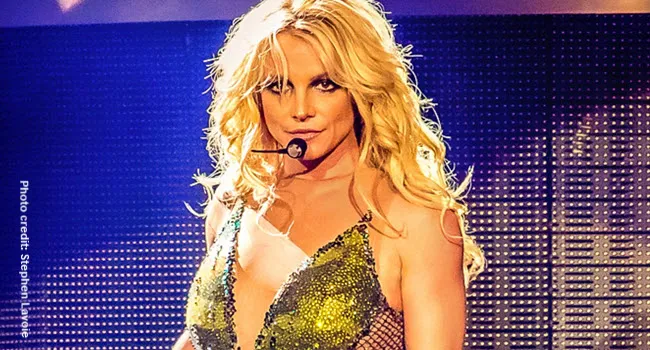Depression and Art: A Healing Connection

Depression is a common mental illness that affects millions of people worldwide.It can leave individuals feeling isolated, hopeless, and overwhelmed. However, throughout history, art has served as a powerful tool for self-expression, healing, and understanding. The relationship between depression and art is complex, yet it has provided many individuals with a therapeutic outlet to process emotions and regain a sense of control.
Art as an Emotional Outlet
One of the most significant ways in which art helps individuals struggling with depression is by offering a non-verbal means of expression. Many people find it difficult to articulate their feelings in words, but painting, drawing, sculpting, or other forms of artistic expression allow them to externalize their inner turmoil. This process can be cathartic, providing a release for pent-up emotions and helping individuals make sense of their experiences.
Famous Artists and Their Struggles with Depression
Many renowned artists have battled depression, yet they have channeled their struggles into their work, creating masterpieces that resonate with audiences worldwide. Vincent van Gogh, for example, suffered from severe depression and mental health challenges, yet his paintings reflect deep emotion, passion, and introspection. Similarly, Edvard Munch, the artist behind The Scream, conveyed intense feelings of anxiety and despair through his work. Their art continues to inspire and provide solace to those experiencing similar struggles.
Art Therapy: A Path to Healing
Art therapy has gained recognition as an effective method for treating depression. Guided by professional art therapists, individuals can explore their emotions through creative activities such as painting, collage-making, or sculpting. This form of therapy encourages self-discovery, stress relief, and emotional healing. Studies have shown that engaging in art can reduce cortisol levels, the hormone associated with stress, and increase dopamine, which is linked to feelings of pleasure and motivation.
The Impact of Colors and Forms
Colors and artistic elements can significantly affect emotions. Warm colors like yellow and orange can evoke feelings of happiness and energy, while cool colors like blue and green may bring a sense of calmness. Abstract and fluid art forms can help release suppressed emotions, while structured forms like mandala drawing can provide a sense of order and stability.
How to Incorporate Art into Everyday Life
Even for those without formal artistic training, incorporating art into daily routines can be beneficial. Simple activities like journaling, doodling, or coloring in adult coloring books can provide relaxation and mindfulness. Engaging in creative projects, such as pottery or digital art, can offer a sense of accomplishment and purpose.
Conclusion
Depression can feel like an insurmountable challenge, but art provides a pathway to self-expression, understanding, and healing. Whether through personal creativity or appreciating the works of others, art has the power to soothe the mind, inspire resilience, and create connections between individuals. If you or someone you know is struggling with depression, consider exploring art as a means of healing and self-discover.
Contact US:
Website : https://marcferguson.com/
Address :- 15F Prestwick street, Maori Hill,
Dunedin 9010, New Zealand
Contact :- 006427232901
What's Your Reaction?
















